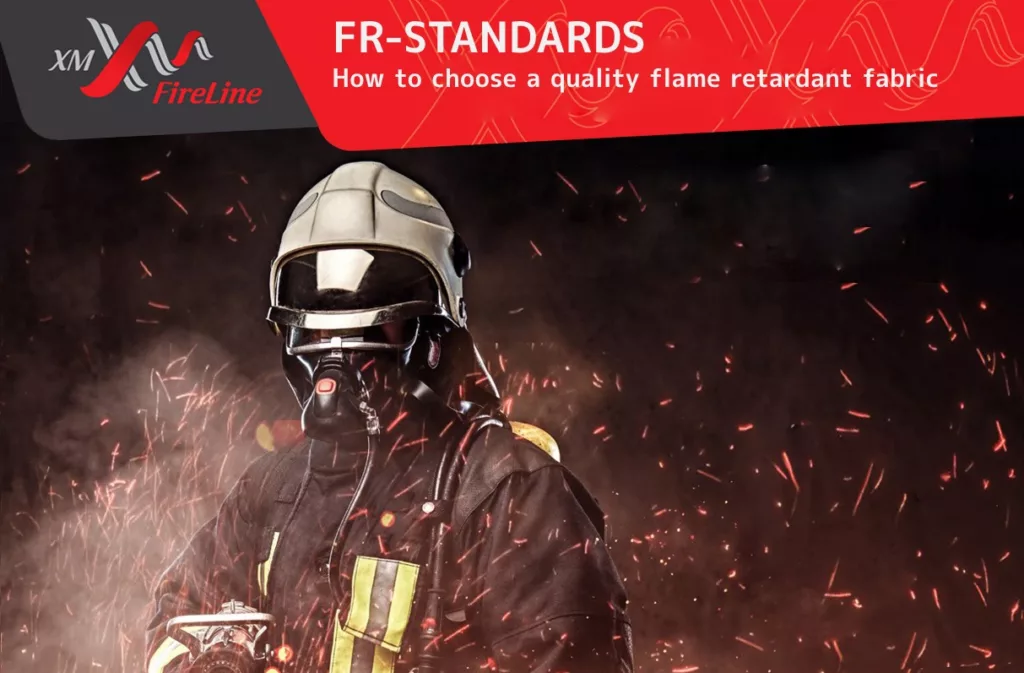
 Are Your Flame Retardant Fabrics Truly Up to the Task?
Are Your Flame Retardant Fabrics Truly Up to the Task?
Here’s How to Choose Wisely.
As a manufacturer of protective clothing for firefighters and industrial workers, you know that the fabric you choose isn’t just about compliance—it’s about saving lives. Whether it’s shielding workers from direct flames, resisting chemical droplets, or dissipating static electricity, the stakes couldn’t be higher.
But with so many options on the market, how do you ensure you’re selecting a fabric that truly meets the demands of high-risk environments?
 Protecting Lives Starts with the Right Fabric:
Protecting Lives Starts with the Right Fabric:
A Guide to Choosing Quality Flame Retardant Textiles
Each of these standards and certifications addresses a specific hazard or requirement, ensuring that protective clothing meets the rigorous demands of high-risk environments. By choosing fabrics that comply with these certifications, you’re not just meeting regulatory requirements—you’re safeguarding lives, enhancing workplace safety, and demonstrating a commitment to quality and sustainability.
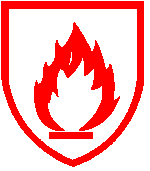 1. EN 11612 – Protection Against Heat and Flame
1. EN 11612 – Protection Against Heat and Flame
Key features:
- Tests for flame spread, heat resistance, and protection against radiant and convective heat.
- Includes optional tests for molten metal splashes, contact heat, and water penetration.
✓ What it means:
EN ISO 11612 specifies the requirements for protective clothing designed to protect against heat and flame. It ensures the fabric can withstand high temperatures, direct flame contact, and convective heat.
✓ Why it matters:
In industries like firefighting, foundries, and metalworking, workers are exposed to extreme heat and flames. EN ISO 11612-certified fabrics provide critical protection, reducing the risk of burns and injuries.
 2. EN 11611 – Protection for Welding and Allied Processes
2. EN 11611 – Protection for Welding and Allied Processes
Key features:
- Classifies clothing into two classes based on the level of protection: Class 1 (lower risk) and Class 2 (higher risk).
- Includes two test methods: the open arc test (for high-energy arcs) and the box test (for lower-energy arcs).
✓ What it means:
EN ISO 11611 sets the standard for protective clothing used during welding and related processes. It ensures the fabric protects against small splashes of molten metal, brief flame contact, and UV radiation.
✓ Why it matters:
Welders face unique hazards, including sparks, molten metal, and intense heat. EN ISO 11611-certified fabrics provide reliable protection while maintaining comfort and mobility, which are essential for precision and productivity.
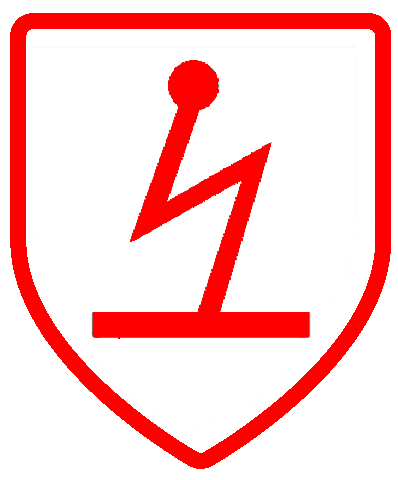 3. EN 1149 – Electrostatic Properties
3. EN 1149 – Electrostatic Properties
Key features:
- Measures the fabric’s surface resistivity to ensure it can safely dissipate static charges.
- Protects against ignition risks in industries like oil and gas, petrochemicals, and mining.
✓ What it means:
EN 1149-5 specifies the requirements for protective clothing designed to dissipate electrostatic charges. It ensures the fabric can prevent the buildup of static electricity, which could otherwise lead to sparks in explosive or flammable environments.
✓ Why it matters:
In environments where flammable gases, vapors, or dust are present, static electricity can ignite explosions. EN 1149-5-certified fabrics reduce this risk, ensuring worker safety in high-risk settings.
 4. EN 13034 – Protection Against Liquid Chemicals
4. EN 13034 – Protection Against Liquid Chemicals
Key features:
- Suitable for environments where workers are exposed to light chemical spills or splashes.
- Protects against ignition risks in industries like oil and gas, petrochemicals, and mining.
✓ What it means:
EN 13034 defines the requirements for protective clothing that offers limited protection against light chemical splashes and droplets. It ensures the fabric resists penetration by hazardous liquids.
✓ Why it matters:
In industries like chemical manufacturing, pharmaceuticals, and laboratories, workers face daily exposure to hazardous liquids. EN 13034-certified fabrics provide a critical barrier, reducing the risk of chemical burns or contamination.
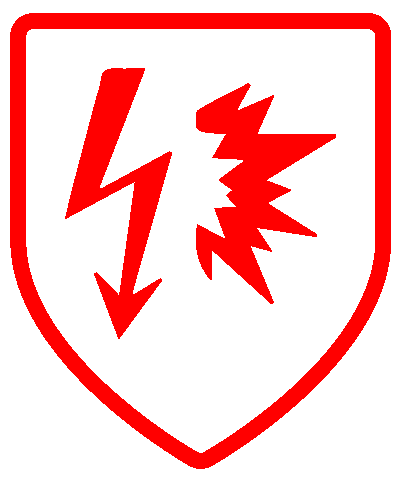 5. EN 61482 – Protection Against Electric Arcs
5. EN 61482 – Protection Against Electric Arcs
Key features:
- Tests the fabric’s ability to resist ignition, melting, and heat transfer during an arc flash.
- Includes two test methods: the open arc test (for high-energy arcs) and the box test (for lower-energy arcs).
✓ What it means:
EN 61482 specifies the requirements for protective clothing designed to protect against the thermal hazards of electric arcs. It ensures the fabric can withstand the intense heat and energy released during an arc flash.
✓ Why it matters:
Electric arcs can reach temperatures of up to 35,000°F (19,400°C) in milliseconds, causing severe burns or fatalities. EN 61482-certified fabrics protect electricians, utility workers, and others in electrical industries from these life-threatening hazards.
 6. ISO 15797 – Industrial Washing and Maintenance
6. ISO 15797 – Industrial Washing and Maintenance
Key features:
- Tests the fabric’s durability and flame retardant performance after multiple industrial washes.
- Ensures the fabric remains compliant with safety standards over its lifespan.
✓ What it means:
ISO 15797 focuses on the industrial washing and maintenance of flame retardant fabrics. It ensures the fabric retains its protective properties after repeated cleaning cycles.
✓ Why it matters:
Protective clothing must maintain its performance even after frequent washing. ISO 15797-certified fabrics save time and money by extending the lifespan of protective garments, ensuring long-term safety and compliance. Reducing the risk of burns and injuries.
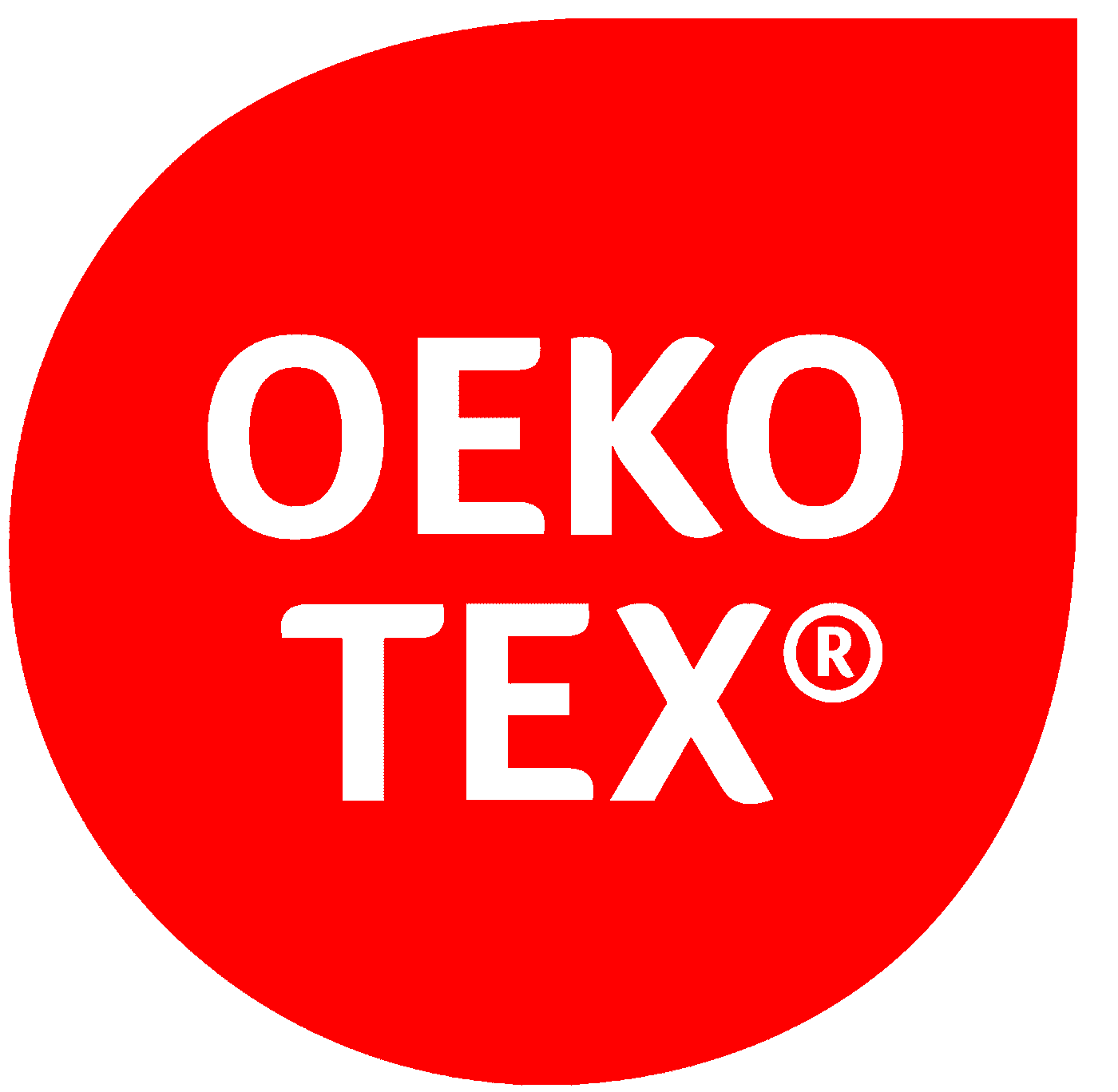 7. OEKO-TEX 100 – Ensures that there is no harmful substances
7. OEKO-TEX 100 – Ensures that there is no harmful substances
Key features:
- Tests for over 100 harmful substances, including formaldehyde, pesticides, and heavy metals.
- Ensures the fabric remains compliant with safety standards over its lifespan.
✓ What it means:
OEKO-TEX certification ensures that the fabric is free from harmful substances, such as toxic dyes, heavy metals, and chemicals. It guarantees the fabric is safe for human use and environmentally friendly.
✓ What it means:
Worker comfort and safety go beyond flame resistance. OEKO-TEX-certified fabrics are free from harmful chemicals, reducing the risk of skin irritation or allergic reactions. They also align with sustainability goals, making them ideal for eco-conscious companies.
 How to Choose the Right Flame Retardant Fabric:
How to Choose the Right Flame Retardant Fabric:
Each of these standards and certifications addresses a specific hazard or requirement, ensuring that protective clothing meets the rigorous demands of high-risk environments. By choosing fabrics that comply with these certifications, you’re not just meeting regulatory requirements—you’re safeguarding lives, enhancing workplace safety, and demonstrating a commitment to quality and sustainability.
✓ Look for Certifications:
Always verify that the fabric meets the necessary standards (EN 1149-5, EN 13034, etc.) for your specific industry.
✓ Test for Real-World Performance:
Ensure the fabric has been rigorously tested for flame resistance, durability, and comfort.
✓ Partner with a Trusted Supplier:
Work with a supplier like XM Textiles, who understands the unique challenges of high-risk environments and delivers fabrics that exceed safety expectations.
 Why XM Textiles?
Why XM Textiles?
At XM Textiles, we don’t just meet standards—we set them. Our flame retardant fabrics are designed to:
✓ Protect:
Withstand extreme heat, flames, and chemical exposure.
✓ Perform:
Offer durability and comfort without compromising safety.
✓ Comply:
Meet and exceed EN 1149-5, EN 13034, EN 61482, EN ISO 11611, and EN ISO 11612 certifications.
 Ready to experience the future of FR fabric?
Ready to experience the future of FR fabric?
Don’t leave safety to chance. Choose XM Textiles for flame retardant fabrics that protect lives and meet the highest global standards. Contact us today to request a sample or schedule a consultation. Your workers deserve the best—let us help you deliver it.
Order certified FR-fabrics
